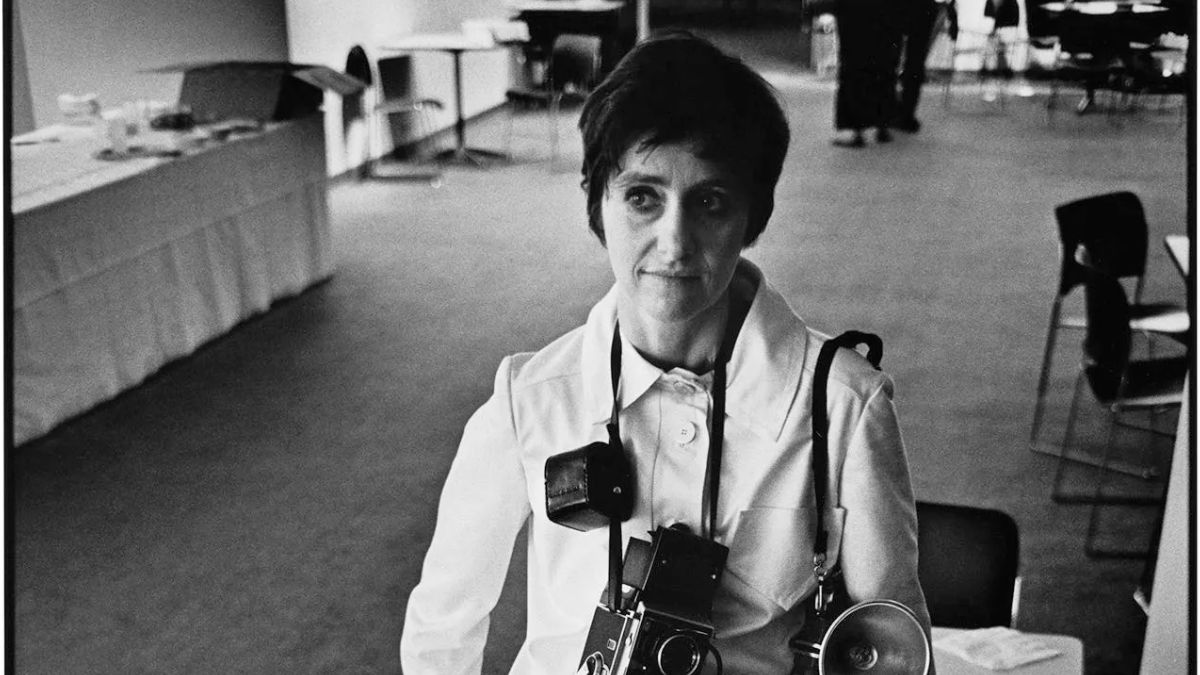The global fashion industry stands as one of the most vibrant and dynamic sectors in the world, valued at trillions of dollars. Women have always been central to its evolution—as consumers, creators, and change-makers. From historic milestones to modern-day challenges, the journey of women in the global fashion industry reflects their resilience, creativity, and ability to lead transformative movements.
Women as Consumers: The Driving Force Behind Fashion
Women are undeniably the largest consumer demographic in the fashion industry. Their preferences, spending habits, and cultural influences shape global trends. According to a McKinsey report, women account for over 60% of fashion-related purchases worldwide, making them an indispensable force in the industry’s economy.
Fashion brands often cater their designs and marketing strategies to meet women’s demands. From haute couture to fast fashion, companies leverage women’s insights to refine their offerings. Social media has amplified this relationship, allowing women to interact directly with brands, influencing everything from product development to sustainability practices.
Despite their economic impact, women consumers face challenges such as body image stereotypes perpetuated by fashion marketing. The industry is gradually shifting toward inclusivity, offering diverse sizes, styles, and models to reflect a broader spectrum of beauty standards.
Women Designers: Innovators Behind the Scenes
The global fashion industry has long celebrated the contributions of male designers such as Karl Lagerfeld, Giorgio Armani, and Yves Saint Laurent. However, women designers have also played pivotal roles in shaping fashion history. Icons like Coco Chanel redefined women’s wear with innovations such as the little black dress and relaxed tailoring, liberating women from restrictive corsets.
Modern-day designers like Stella McCartney, Miuccia Prada, and Maria Grazia Chiuri continue to push boundaries, blending creativity with sustainability and feminist ideologies. Chiuri, for example, made headlines as the first female creative director of Dior, introducing designs that highlight women’s empowerment.
However, the road for women designers is far from smooth. Gender biases persist, often limiting women’s access to top leadership roles in major fashion houses. The industry is making strides to address this imbalance through mentorship programs and initiatives that promote female talent.
Women Entrepreneurs: Redefining Fashion Business Models
In addition to excelling as designers, women are increasingly taking the reins as entrepreneurs in the global fashion industry. From launching boutique labels to leading multinational corporations, women are redefining traditional business models. Brands such as Tory Burch, Anya Hindmarch, and Rihanna’s Fenty Beauty exemplify how women entrepreneurs combine creativity with business acumen to create impactful enterprises.
The rise of direct-to-consumer (DTC) platforms has further empowered women to establish their brands without relying on traditional retail frameworks. Social media platforms like Instagram and TikTok allow female entrepreneurs to reach global audiences, breaking geographical and economic barriers.
Nevertheless, women entrepreneurs often face challenges such as limited access to funding and male-dominated networks. Initiatives like the Female Founders Fund aim to bridge this gap by investing in women-led businesses, fostering a more equitable landscape in fashion.
Women Workers: The Backbone of Fashion Production
Behind the glamour of the global fashion industry lies the labor of millions of women who work tirelessly in manufacturing and production. Women constitute the majority of the workforce in garment factories, especially in developing countries like Bangladesh, Vietnam, and India. These workers play a critical role in producing the clothing that fuels the fashion industry’s global supply chain.
Despite their contributions, women garment workers often face poor working conditions, low wages, and exploitation. High-profile incidents like the Rana Plaza collapse in 2013 highlighted the urgent need for reforms in the fashion supply chain. Advocacy groups and ethical fashion movements have since called for fair wages, safe working environments, and gender equality in the workplace.
Programs like the International Labour Organization’s Better Work initiative aim to improve conditions for women workers in the fashion industry. Additionally, brands are increasingly adopting ethical sourcing policies to ensure their products align with values of sustainability and social justice.
Women as Activists: Driving Sustainable and Ethical Fashion
Women have also emerged as powerful activists advocating for sustainability and ethical practices in the fashion industry. The environmental impact of fast fashion—including pollution, resource depletion, and waste—has led to a growing demand for change. Women like Stella McCartney, Livia Firth, and Emma Watson have been vocal proponents of sustainable fashion, using their platforms to promote eco-friendly practices and ethical sourcing.
Grassroots movements led by women also play a significant role in driving change. Activists such as Orsola de Castro, co-founder of Fashion Revolution, encourage consumers to question the origins of their clothing and support brands committed to transparency. Women’s involvement in these initiatives underscores their dedication to transforming the fashion industry into a force for good.
Women in Leadership: Breaking Barriers in Fashion Corporations
While women dominate the consumer base and workforce of the fashion industry, their representation in leadership positions remains disproportionately low. A study by McKinsey found that only 12% of major fashion companies are led by women. This disparity highlights the systemic challenges women face in ascending to executive roles.
Efforts to address this imbalance include mentorship programs, leadership training, and diversity initiatives. Organisations like the Council of Fashion Designers of America (CFDA) and Women’s Wear Daily (WWD) celebrate and support women leaders through awards, scholarships, and networking opportunities.
Women who have broken through these barriers serve as inspirations for future generations. Notable leaders include Anna Wintour, editor-in-chief of Vogue, and Priya Ahluwalia, founder of the sustainable label Ahluwalia. Their successes demonstrate the transformative potential of women in leadership.
Women and Cultural Representation in Fashion
Fashion serves as a powerful medium for cultural expression, and women have been instrumental in promoting diversity and representation. Designers like Aurora James of Brother Vellies and Bibi Russell from Bangladesh incorporate traditional crafts and textiles into their collections, showcasing the beauty of cultural heritage.
Women models, too, have played a significant role in breaking stereotypes and advocating for inclusivity. Figures like Naomi Campbell, Adut Akech, and Ashley Graham have challenged conventional beauty standards, paving the way for greater diversity on runways and in campaigns.
While progress has been made, cultural appropriation remains a contentious issue in the industry. Women designers and activists continue to advocate for respectful representation, urging brands to collaborate with artisans and communities to preserve authenticity.
The Future of Women in the Global Fashion Industry
As the global fashion industry evolves, women’s roles are expanding in unprecedented ways. The rise of digital fashion, artificial intelligence, and the metaverse presents new opportunities for women to innovate and lead. Female entrepreneurs and designers are already experimenting with virtual clothing lines and immersive fashion experiences, signalling the industry’s tech-driven future.
At the same time, challenges persist. Gender inequality, environmental concerns, and ethical issues require ongoing attention and action. By fostering collaboration, supporting female talent, and championing sustainability, the fashion industry can ensure a more inclusive and equitable future.
Women have been and will continue to be the backbone of the global fashion industry. Their contributions as consumers, creators, entrepreneurs, workers, and leaders shape the industry’s identity and drive its progress. By addressing the challenges they face and amplifying their voices, the fashion world can honour the indispensable role of women in its journey toward a brighter and more sustainable future.





